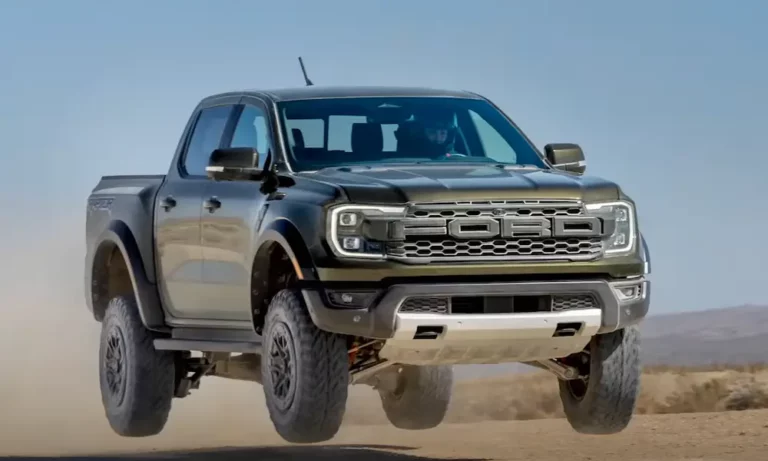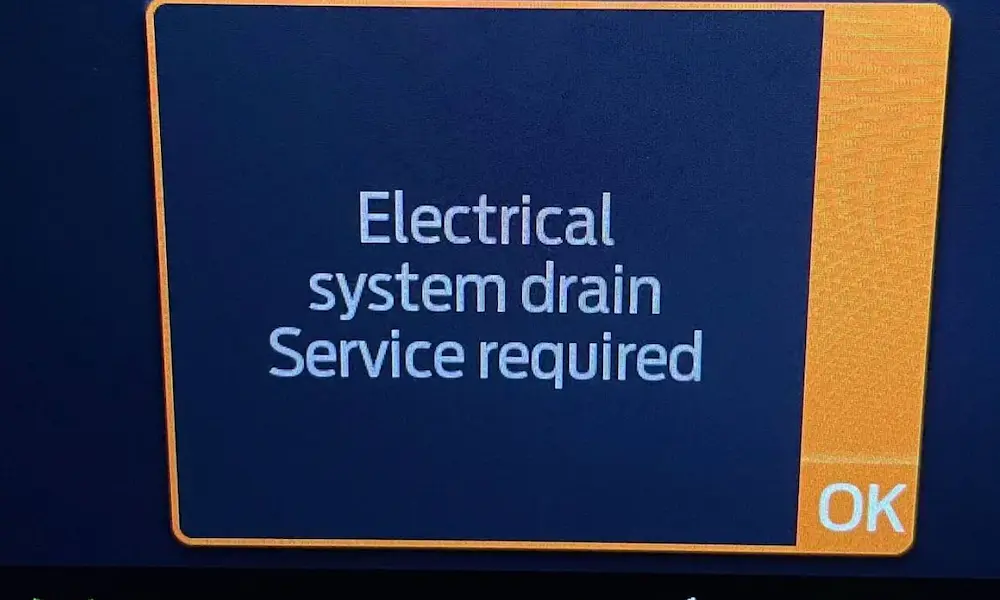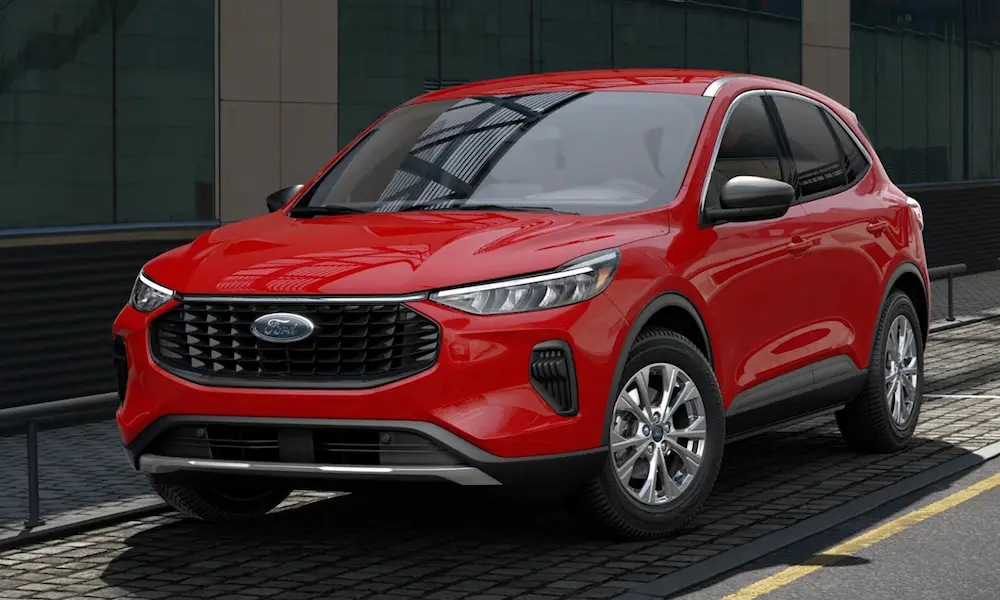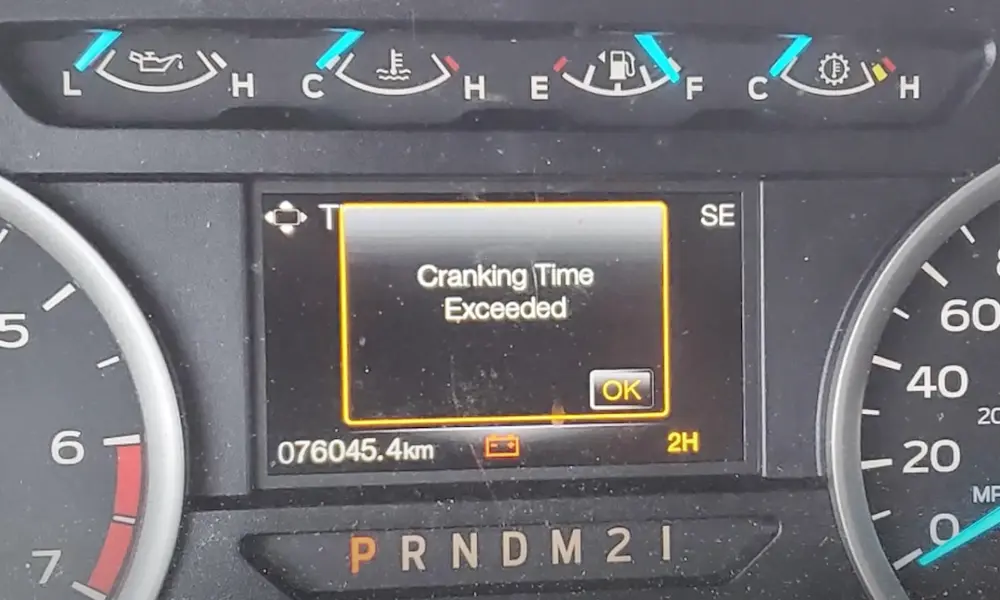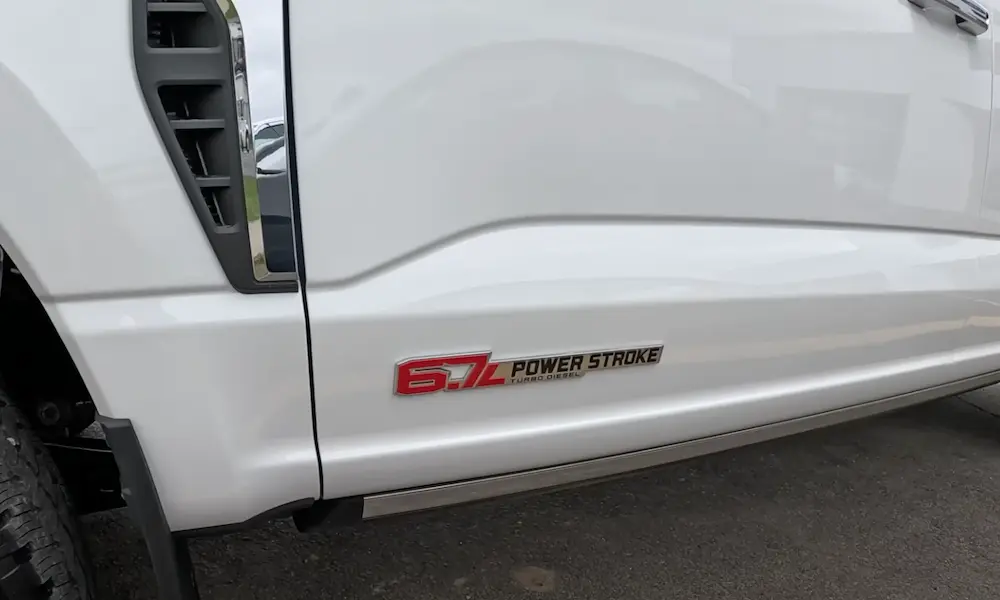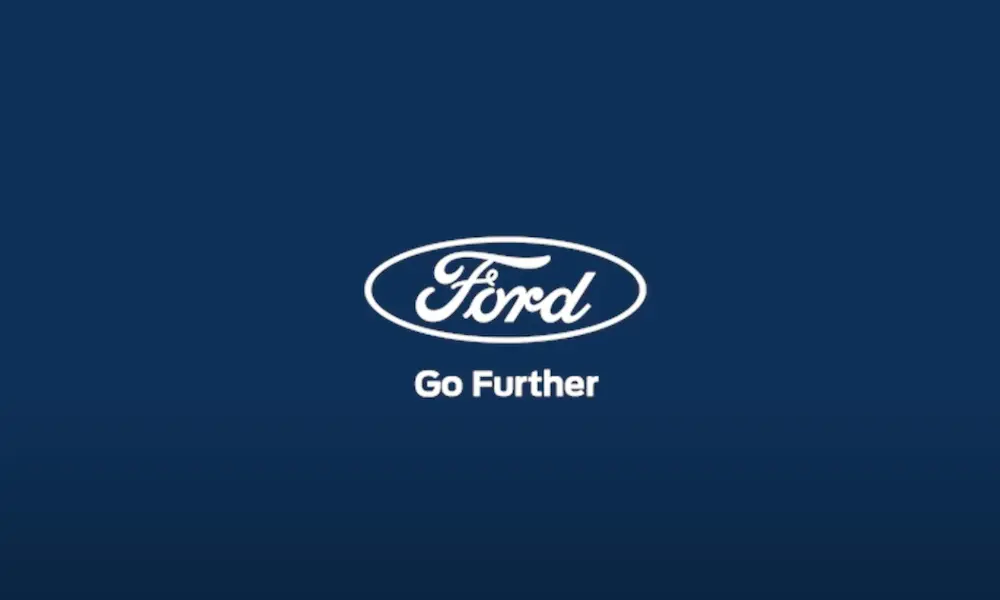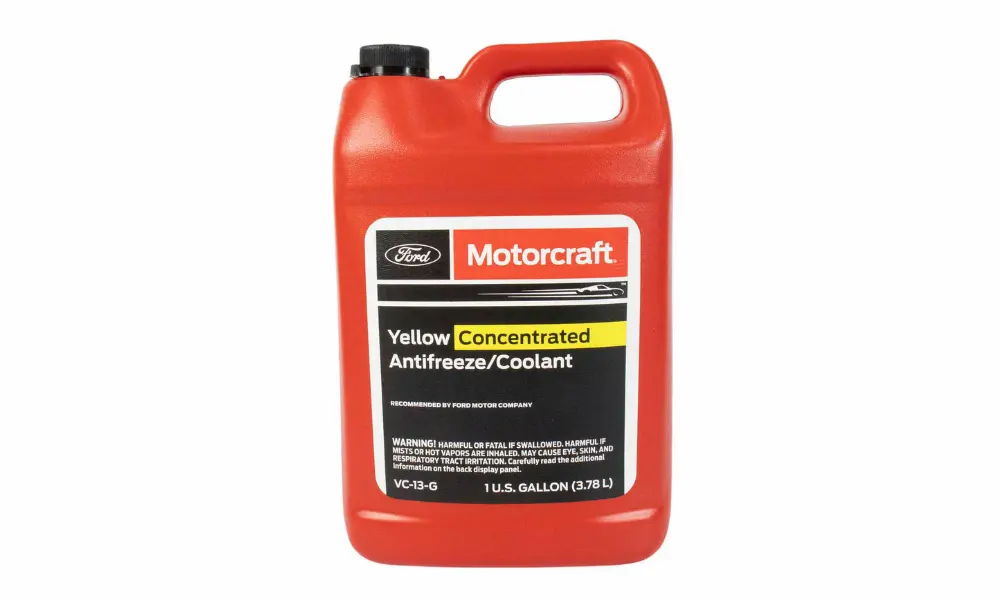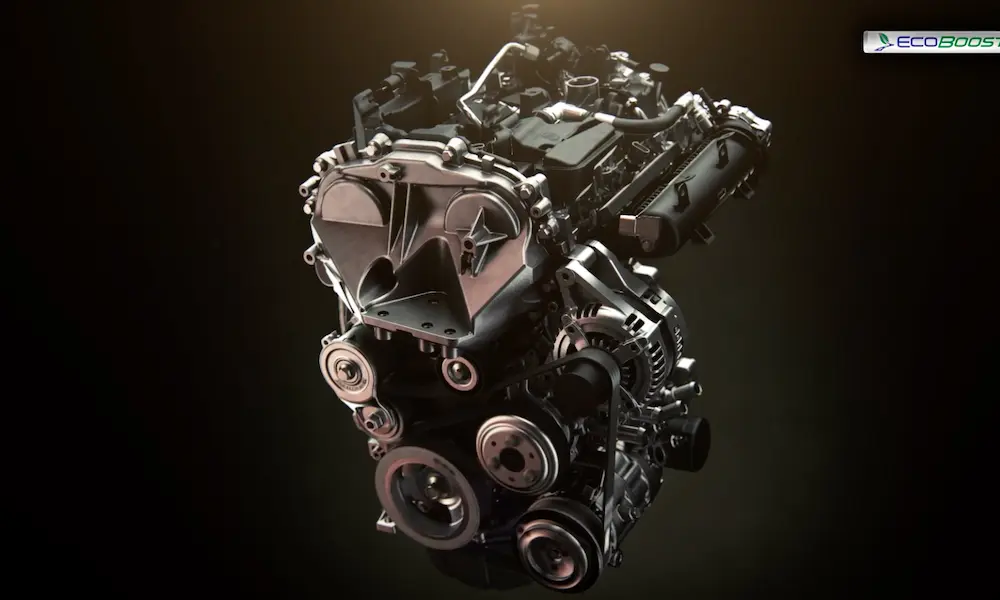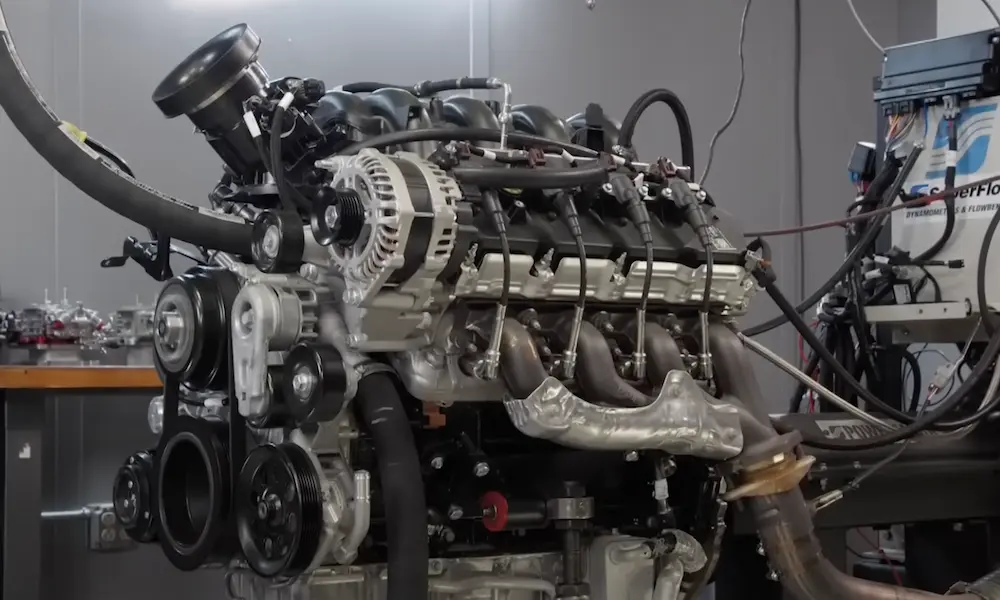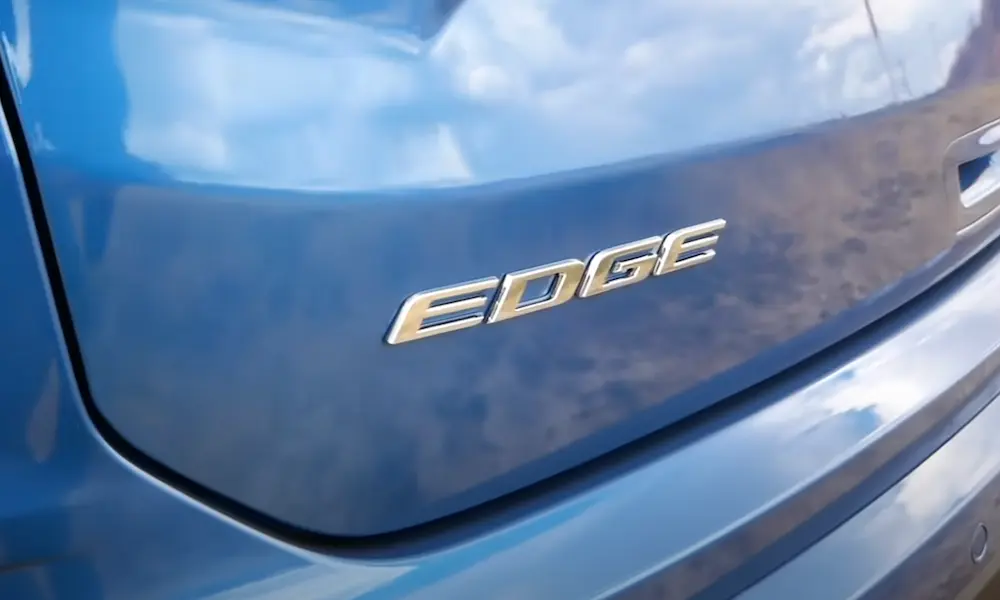Ever wondered where your Ford Ranger actually comes from? The truth might surprise you. Unlike many vehicles with a single birthplace, the Ford Ranger emerges from an impressive global manufacturing network spanning four continents. This worldwide production strategy allows Ford to create trucks tailored to regional needs while keeping costs down. Let’s take a journey through the factories and facilities that bring the popular pickup to life.
Ford Ranger’s Global Manufacturing Footprint
The Ford Ranger isn’t just made in one place – it’s manufactured across a strategic network of production facilities around the world. This approach helps Ford avoid import taxes, reduce shipping costs, and meet different regulations in various markets.
Ford builds Rangers on its T6 platform, which was developed by Ford Australia. This flexible design allows different plants to customize their trucks without completely retooling their factories. For example, Thai facilities make right-hand drive Rangers for markets like Australia and Japan, while the Argentine plant builds left-hand drive models with reinforced underbodies for the rough terrain of South America.
Thailand: The Asia-Pacific Production Powerhouse
Thailand serves as the heart of Ford’s Asian manufacturing network with two major facilities: Ford Thailand Manufacturing (FTM) and AutoAlliance Thailand (AAT). Located in Rayong Province, these plants produce about 60% of all Rangers worldwide, supplying vehicles to markets from Australia to the Middle East.
Why Thailand? Its strategic location and established automotive supply chain give Ford a 15-20% cost advantage compared to U.S. production. The Thai plants specialize in diesel-powered Rangers, reflecting the fuel preference in Asian markets. These facilities use advanced robotic welding systems that achieve remarkable precision with tolerances of just ±0.1 mm.
For vehicles headed to tropical markets like Indonesia and the Philippines, the factories apply special humidity-resistant corrosion coatings – an essential feature for these climates.
South Africa: Serving African and European Markets
Ford’s Silverton Assembly Plant in Pretoria, South Africa represents the company’s largest investment in African manufacturing. A recent R15.8 billion (approximately $840 million) modernization program expanded the plant’s annual capacity to 200,000 vehicles, with 75% destined for export markets.
What makes this facility unique is that it produces both the Ranger and its SUV sibling, the Ford Everest, on the same assembly line. This shared production approach reduces costs by about 12% compared to factories that build only one model.
Rangers built here come with enhanced cooling systems designed for the extreme temperatures found in African settings. European-bound trucks get additional features like adaptive cruise control and lane-keeping assist to meet EU safety standards.
Argentina: Engineering for South American Terrain
Ford’s Pacheco Plant in Buenos Aires has been producing Rangers for Latin American markets since 1998. Production jumped by 40% following the 2022 introduction of the next-generation Ranger, which features a 3.0L V6 turbodiesel engine specifically designed for high-altitude driving in the Andes.
Argentine-built Rangers include several region-specific adaptations:
- Multilink rear suspensions with increased travel (220 mm vs. the standard 180 mm) for unpaved roads
- Modified fuel filters to handle lower-quality diesel common in rural areas
- Higher-output alternators (220A vs. 150A) to power aftermarket accessories like winches and lights
The Pacheco Plant also serves as a hub for shipping partially assembled Rangers to smaller markets like Uruguay and Paraguay for final assembly – a clever strategy that helps avoid import restrictions in those countries.
United States: The Ranger Returns Home
The Michigan Assembly Plant in Wayne, Michigan resumed Ranger production in 2018 after a seven-year absence from the North American market. Ford invested $850 million to retrofit the facility, including installation of a 3D-printed tooling system that drastically reduced model changeover time from 14 weeks to just 6 days.
U.S.-built Rangers differ significantly from their global counterparts. To meet American fuel economy standards, they use a 2.3L EcoBoost gasoline engine instead of the diesel powertrains common elsewhere. They also feature 50% more high-strength steel than the previous North American Ranger, improving crash safety ratings.
The supply chain for U.S. Rangers demonstrates the complexity of modern automotive manufacturing:
- Engines come from Ford’s Cleveland Engine Plant in Ohio
- Transmissions are sourced from the Sharonville Transmission Plant in Ohio
- Axles are manufactured at the Sterling Heights Axle Plant in Michigan
This localized sourcing strategy ensures that 92% of components by value are North American, qualifying the Ranger for preferential treatment under USMCA trade rules.
CKD Operations: Vietnam, Cambodia, and Beyond
Ford also operates Completely Knocked Down (CKD) facilities in Vietnam and Cambodia. These plants assemble Rangers from kits shipped from Thailand. The Hai Duong plant in Vietnam, which began operations in 2020, has an annual capacity of 14,000 units and serves growing markets in Laos and Myanmar.
CKD operations reduce import tariffs by 25-30% in these countries, making the Ranger more competitive against Chinese rivals like the Great Wall Poer.
In China, Ford’s joint venture with Jiangling Motors Corporation (JMC) produces a Ranger variant called the Yusheng S350. This model uses a 2.0L Ford EcoBlue diesel engine modified to meet China’s strict emissions standards. Local production helps Ford avoid China’s 25% import tariff on foreign-built trucks.
How Ford Adapts Rangers for Different Markets
The Ranger’s global success depends on Ford’s ability to engineer region-specific variants without sacrificing economies of scale. This includes:
- Middle East models with 30% greater radiator capacity for desert conditions
- Nordic Country variants with engine block heaters and special transmission fluids for temperatures down to -40°C
- Southeast Asian versions with extended 2,350 mm wheelbase for three-row passenger configurations
These adaptations are tested through an exhaustive 2.5 million km global testing program conducted across 12 different climate zones.
| Region | Primary Plant | Key Features | Main Export Markets |
|---|---|---|---|
| Asia-Pacific | Rayong, Thailand | Right-hand drive options, diesel powertrains | Australia, New Zealand, Southeast Asia |
| Africa/Europe | Silverton, South Africa | European safety features, enhanced cooling | Europe, Middle East, Africa |
| South America | Pacheco, Argentina | Altitude-optimized engines, reinforced underbodies | Brazil, Chile, Colombia |
| North America | Wayne, Michigan | EcoBoost gasoline engines, CAFE-compliant | USA, Canada, Mexico |
The Future of Ford Ranger Manufacturing
Ford’s manufacturing strategy for the Ranger exemplifies the automotive industry’s shift toward “glocalization” – combining global platform efficiency with local market customization. This approach has helped the Ranger maintain a 15% global market share in the mid-size pickup segment despite fierce competition.
Looking ahead, Ford faces the challenge of electrification. The company has announced hybrid variants for European markets by 2026 and fully electric versions for China by 2027. These developments will test the flexibility of existing production facilities, particularly in integrating battery pack assembly into traditional plants.
The South African plant has already begun producing the new Ford Ranger PHEV for global markets, signaling the direction of future manufacturing investments.
What Makes a Ranger Built in One Country Different?
Beyond the major technical differences, Rangers from different plants have subtle variations that reflect their origin:
- Thai-built Rangers have a reputation for excellent paint quality due to the plant’s advanced three-wet paint process that applies primer, base coat, and clear coat while each layer is still wet.
- South African Rangers feature a unique wax-injection process for chassis components that extends rust protection – especially important for vehicles destined for coastal regions.
- U.S.-built Rangers include more sound-deadening materials (about 8 pounds more per vehicle) than their global counterparts, catering to North American preferences for quieter cabins.
- Argentine Rangers come with specialized mapping software for their engine control units that accounts for the lower oxygen levels found at high altitudes in the Andes.
The Local Impact of Ford Ranger Production
Ford’s manufacturing facilities don’t just produce trucks – they create significant economic impacts in their host communities.
The Michigan Assembly Plant employs approximately 3,000 workers and supports an estimated 10,000 additional jobs in the supply chain. In South Africa, the Silverton plant employs 4,300 people directly and supports around 50,000 jobs in the broader automotive ecosystem.
Thailand’s Rayong facilities have helped establish the country as the “Detroit of Asia,” with Ford’s operations contributing to the development of a robust local supplier network that now serves multiple global automakers.
How to Identify Where Your Ford Ranger Was Built
Curious about where your specific Ranger was manufactured? Look at the VIN (Vehicle Identification Number):
- The first character indicates the country of manufacture:
- 1, 4, 5 = United States
- 2 = Canada (some parts come from here)
- 6 = Australia (design and engineering only)
- 8 = Argentina
- J = Japan (some components)
- M = Thailand
- A = South Africa
- The assembly plant code is also shown on the vehicle’s door jamb sticker.
Making the Right Ford Ranger Choice
When shopping for a Ford Ranger, understanding its manufacturing origin might influence your decision. While quality control standards are consistent across all Ford plants, there are subtle differences worth considering:
- If you value the latest tech features, the U.S.-built Rangers typically receive technology updates first.
- For extreme off-road capability in tough terrain, the South African and Argentine-built models often incorporate more robust underbody protection.
- Thai-built Rangers have historically had excellent durability in humid climates due to their specialized anti-corrosion treatments.
Whatever your preference, the global nature of Ranger production means Ford can match truck capabilities to specific market needs – a significant advantage in today’s competitive pickup segment.

